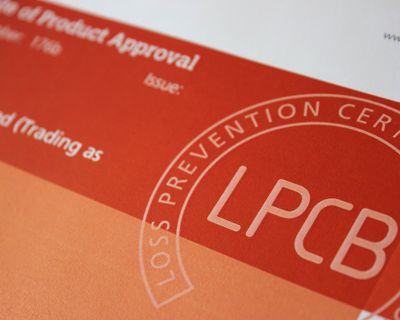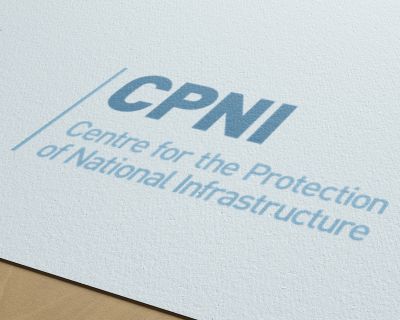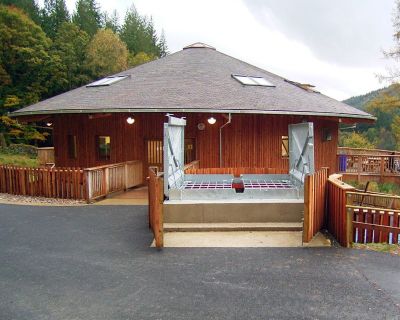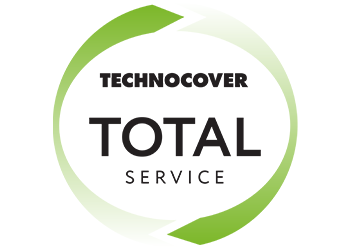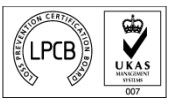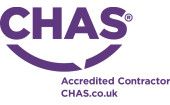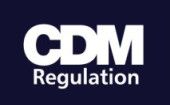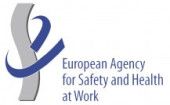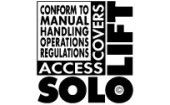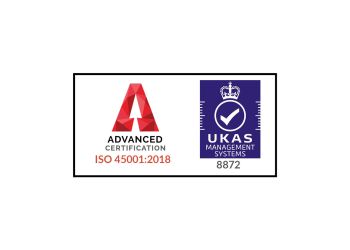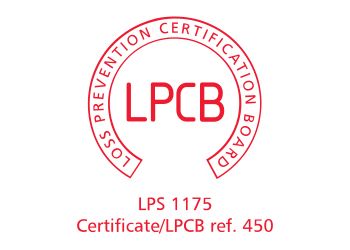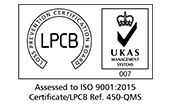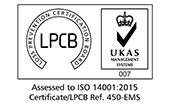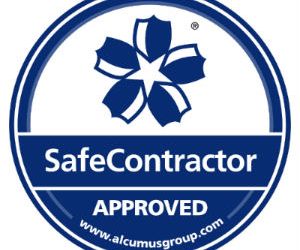How Secure is Your Water?
English translation of an article published in Journal Des Communes Durables, ‘Water & Sanitation’ special supplement, October 2014 issue.
 An interview with Michael Miles, managing director of security access specialist, Technocover, part of the Ensor Group.
An interview with Michael Miles, managing director of security access specialist, Technocover, part of the Ensor Group.
We discuss the challenges of protecting water infrastructure for local authorities and their agents in order to ensure the security and continuity of services to the public.
Journal des Communes Durables: Could you outline the specific risks that local authorities face with regards to the physical security of water services?
Michael Miles: The infiltration by Greenpeace activists earlier this year of the Tricastin nuclear power plant was a timely reminder of the vulnerability of critical infrastructure to security risks, such as subterfuge and terrorism.
Other threats, such as vandalism, theft and trespass, can also seriously compromise or disrupt the operation of essential public services and utilities.
When it comes to protecting water assets, municipalities and their agents have an additional concern. With the current elevated status of VIGIPIRAT and new European Water Framework Directive (WFD) targets on improving chemical issues affecting water quality, including groundwater deterioration and discharge of dangerous substances, the threat of contamination of water supply is ever present.
JCD: What are the potential consequences arising from these risks?
MM: Whether through malicious intent or accidental intervention, contamination of the potable water network comes at potentially catastrophic cost. There may be devastating consequences for public health and disruption of supply, with ensuing compensation claims. Then there is the cost of remediation and recommissioning of infrastructure. Last but not least, the damage to reputation and legal case for negligence will come at great cost to the concessionary operator, if one is contracted, and to the Mairie which is ultimately responsible.
A priority, then, is the physical protection of access points to water sources, processes and operational equipment, especially within the drinking supply network. These include boreholes, reservoirs, tanks, water towers, pumping stations, water treatment facilities and chemical storage.
JCD: Is there a legislated standard for the physical security of water assets?
MM: The management, monitoring and improvement of drinking water supply and sanitation utilities in France is primarily governed by European Directives (75/440/EEC, 98/83/EC and 2000/60/EC). Among other things, these provide guidelines on water quality and managing the risks of microbiological and chemical contamination. Under Public Health Codes L.1321-2 and R.1321-13, it is a regulatory requirement to protect abstraction points and catchment areas providing water for human consumption from pollution. Additionally, government agencies (DREAL, ARS*) are required to carry out inspections of technological installations and sanitation processes in mitigating risks to them.
While industry governance clearly points to the need to protect vulnerable points, there is currently no legislation for the physical security of water that sets a standard for that protection. This leaves municipalities and their agents with a big challenge.
JDC: How can we go about implementing physical protection that will meet legal responsibilities and assure the safety and integrity of supply expected?
MM: A robust risk assessment is fundamental to any security review/upgrade of a water site, whether a borehole in remote countryside or major treatment works close to an urban centre. Security measures can then be implemented to provide a level of protection commensurate with the identified risks, that is, from low to extreme – terrorist attack.
Security technology such as CCTV, biometrics, alarms, perimeter fencing and access control can provide integrated security management and monitoring across many sites, including remote and unmanned locations. These will detect and alert site management to unauthorised personnel and deter ‘unforced’ attempts at entry to critical operational areas. But in the time it takes responders to arrive, security may ultimately rely on the engineering of an access cover, ventilation grille, door or enclosure that stands as the final barrier to potable supplies or essential equipment.
In this case, it is vital that these last defences provide an appropriate and tested level of resistance to the assessed risk of physical attack and intellectual infiltration such as attempts at contamination.
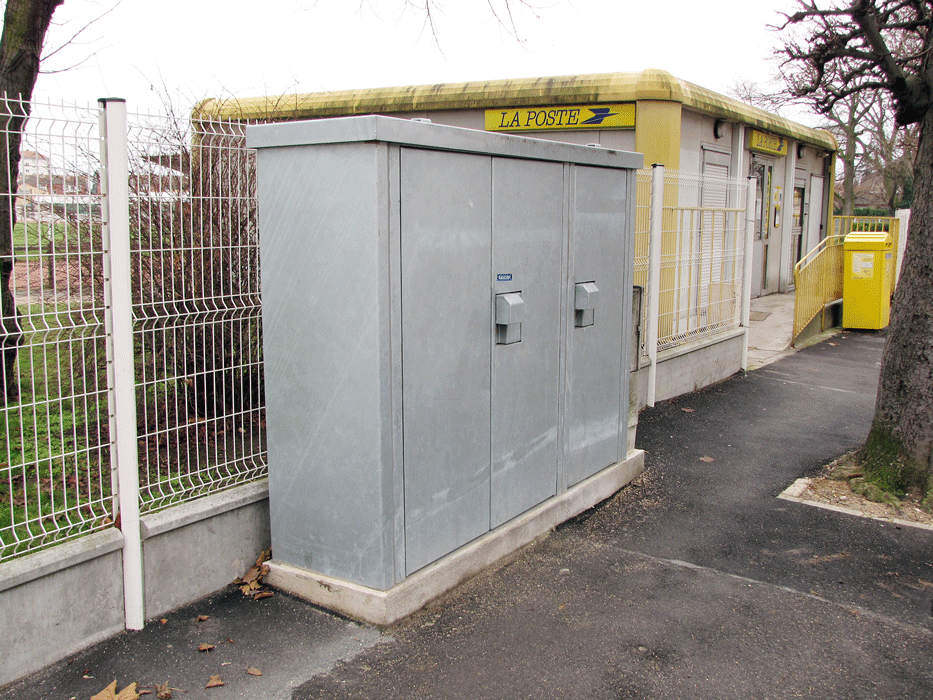 JDC: How do we know if equipment is reliable?
JDC: How do we know if equipment is reliable?
MM: In the absence of a proprietary security standard to guide the selection of these vital systems for water applications, specifiers make use of available generic codes for doors and windows, A2P and NF EN 1627 to 1630. But these do not provide the ultimate assurance of performance that should be demanded of access protecting water supply – tested resistance under simulated attack.
Faced with similar challenges in securing the water network, there is a growing trend across Europe for the adoption of third party tested security equipment that provides certificated assurance of performance.
In the UK water industry, this has been driven in part by proprietary legislation for water security. It has led to wide adoption of the internationally recognised LPCB (Loss Prevention Certification Board) approval system, which is accepted by the UK government as an appropriate certification regime.
LPCB approves security products to the rigorous test criteria of LPS1175(2), a performance test for intruder resistant systems originally developed, and still recommended, by the UK insurance industry. Products are awarded a security rating according to a hierarchy of risk scenarios involving different attack tools and duration, updated in response to government (UK Home Office) guidance. Security rating 4 is recommended for the protection of potable water assets.
Significantly, LPCB approval is not based on a one-off type test. It involves regular audits to ensure on-going production units comply with the prevailing test standard and any revisions. Approved products must also be made to a quality management system providing documented assurance of the consistency of materials and fabrication vital to the reproducibility of structural performance.
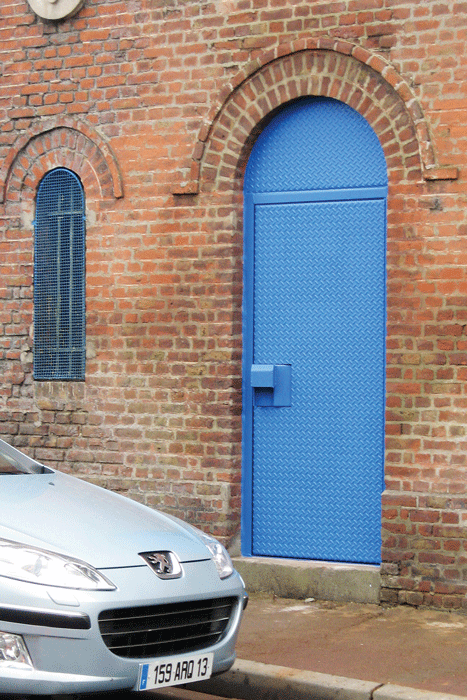 JCD: Are these solutions cost-effective for local authorities?
JCD: Are these solutions cost-effective for local authorities?
MM: LPCB is gaining adoption as an unofficial security standard in other areas of the European utilities, notably energy, as they respond to current and emerging European directives pushing the bar in operational resilience. France is no exception. Water operators here are also seeing the benefits of third party approval which defines and updates categories of security risk to government-level guidance, while providing tested solutions to protect against those risks.
This offers particular reassurance in the management of France’s water assets where some 35,000 abstraction point and boreholes provide around 65% of the country’s total abstraction for drinking water supply. Many smaller towns depend exclusively on groundwater, rather than surface water, for their potable water.
Strict regulations already exist for their protection, with the immediate ‘proximity’ protection area around the well usually owned by the municipality or water agent. Here, the objective is to prevent natural or intentional fouling of the intake as well as the direct pollution or contamination of abstracted water, with specified protection traditionally taken the form of fencing.
Often in unmanned and remote areas, integrated surveillance technology for these sites would be cost-prohibitive and assailants may be long gone before responders arrive. By providing a known and tested level of physical defence, a certified access cover (and cage) can provide a more cost-effective solution in terms of water integrity and logistical management. LPCB also tests ‘intellectual’ methods of attack such as the resistance of ventilation provision in access covers, doors or buildings to chemical contamination.
Since LPCB is a performance based test, the regime gives scope for design innovation to address other important considerations, such as operational efficiency and health & safety, as well as evolving security needs.
This has facilitated advances in fall arrest systems on access covers to protect personnel from the risk of falls into water and deep chambers, as well as lifting mechanisms to comply with European manual handling directives.
Performance testing also allows scope for value engineering and has demonstrated the suitability of material specifications such as galvanised steel as an alternative to stainless steel, often favoured for water engineering access covers. Offering comparable strength and service life, steel with advanced corrosion protection is more economic than stainless steel which has a much higher risk factor for theft for its resale value.
Local authorities and water providers face tough challenges in meeting their responsibilities for security within current and future SDAGE Action Plan budgets without cost impacts that would be unwelcome with consumers. With a water network spread far and wide, certified physical security could play an important part in delivering robust security within asset management strategies and tight budgets.
ENDS
For further information telephone 01938 555511 or E-mail: techadvice@technocover.co.uk
This article was published in French in the October 2014 issue of Journal Des Communes Durables. Reproduced here with the permission of the publisher.


